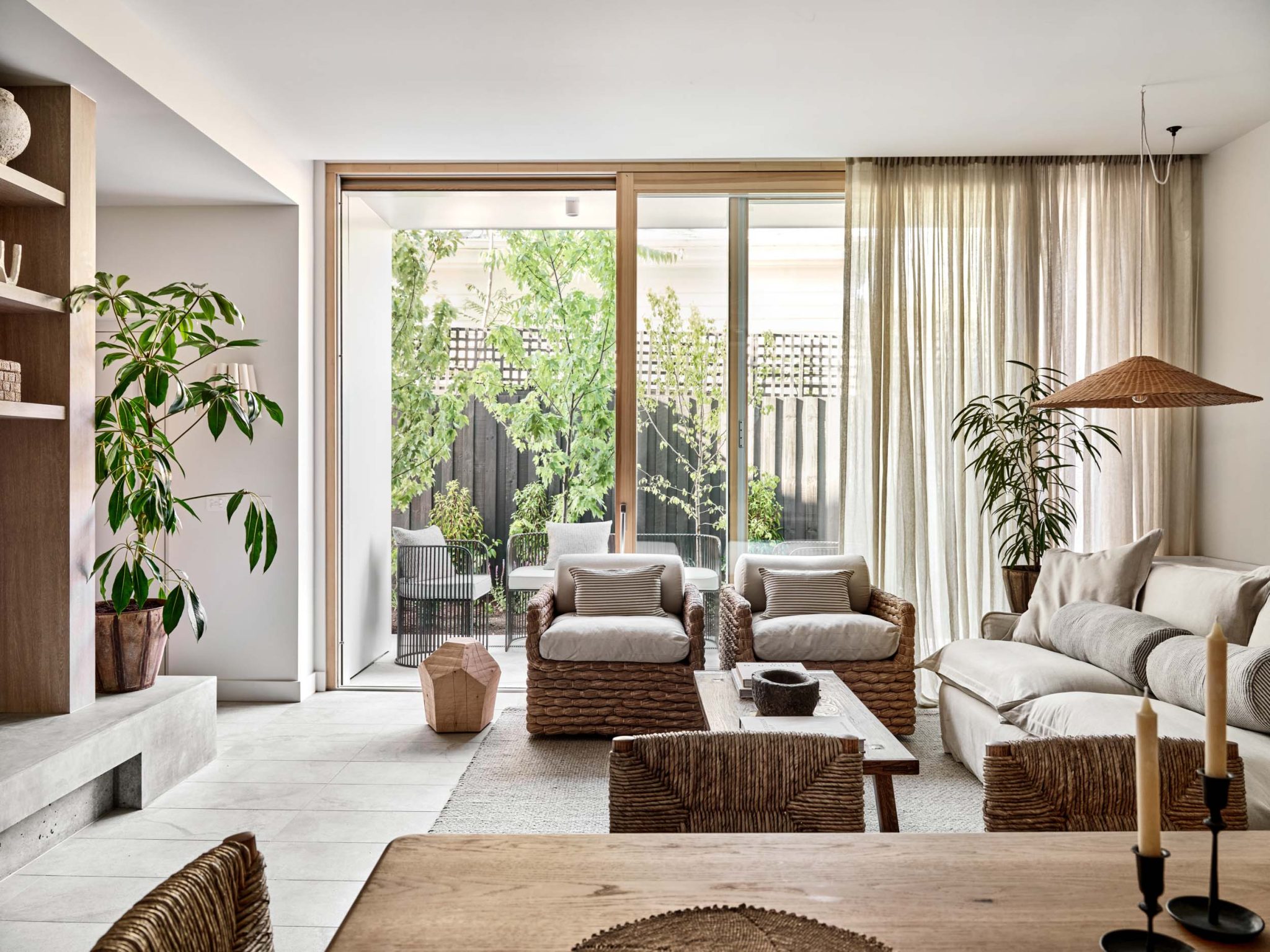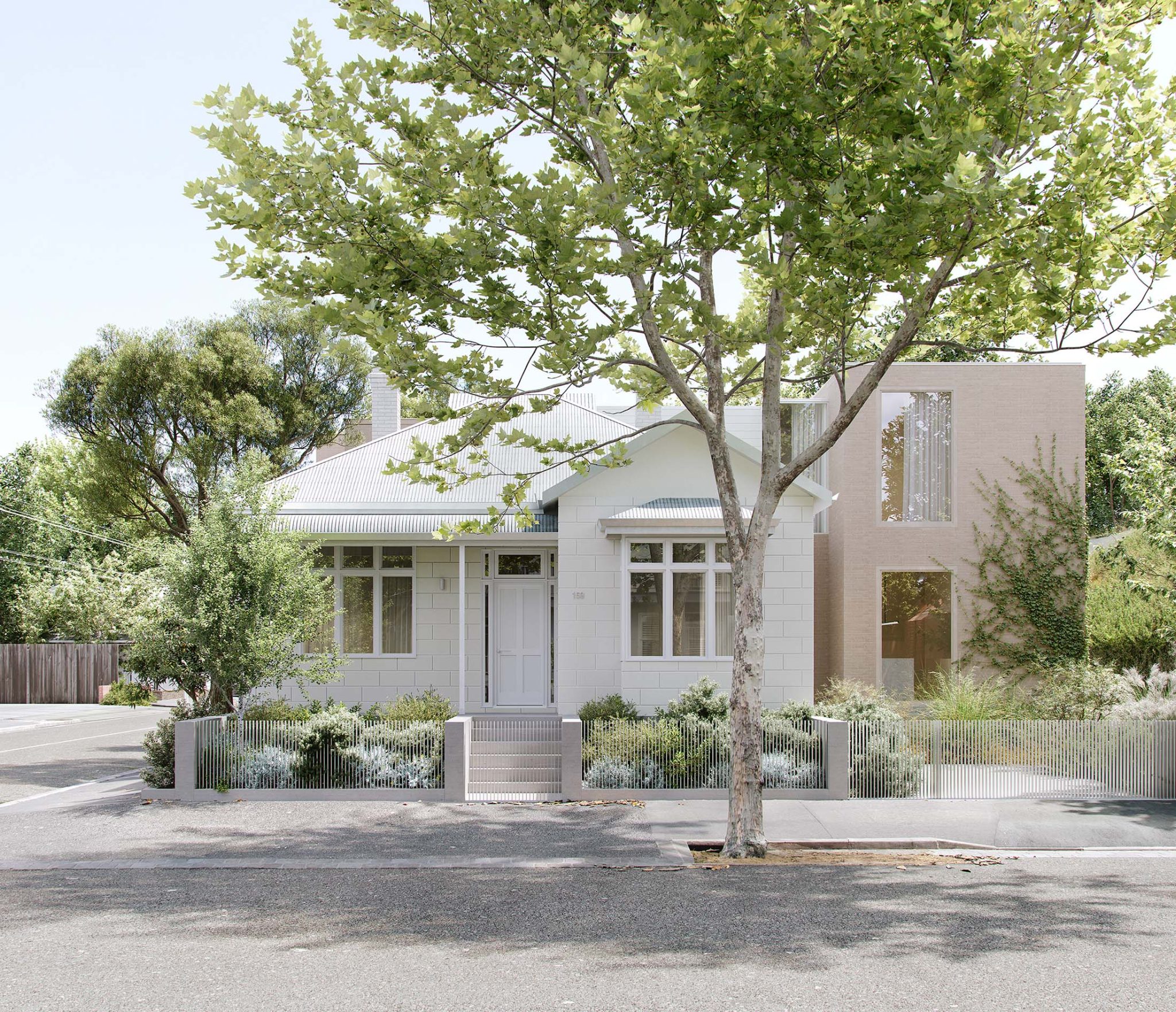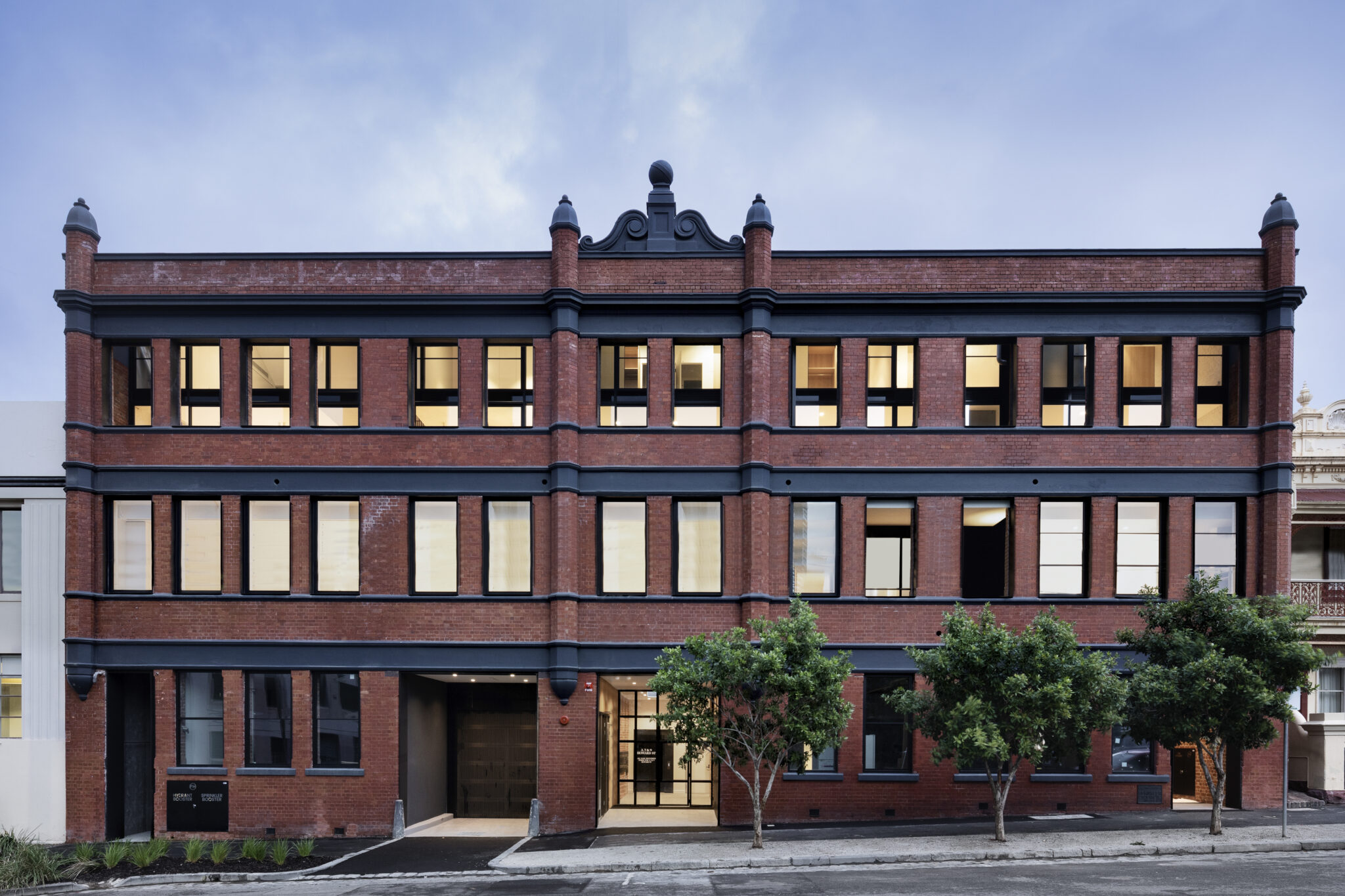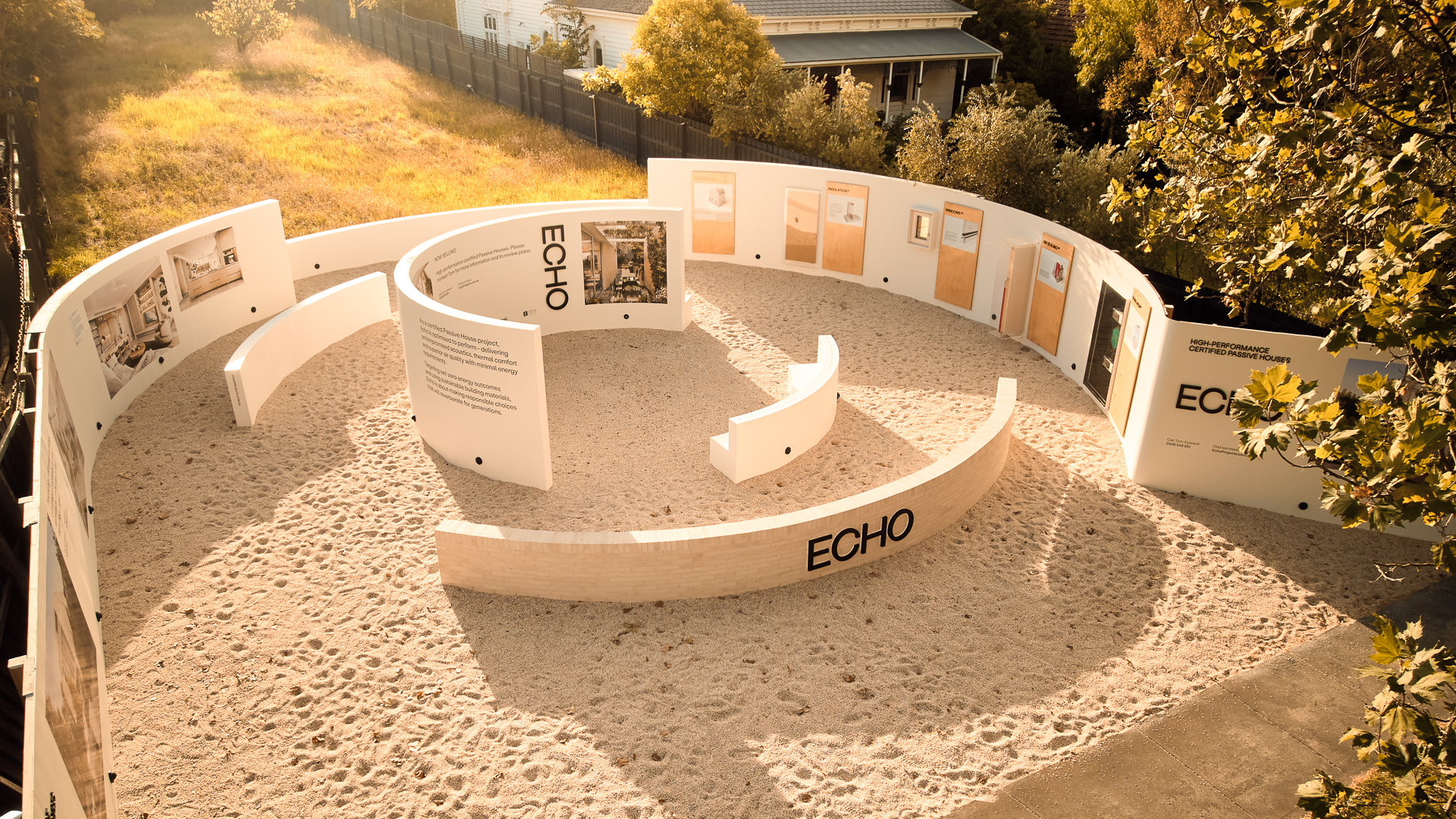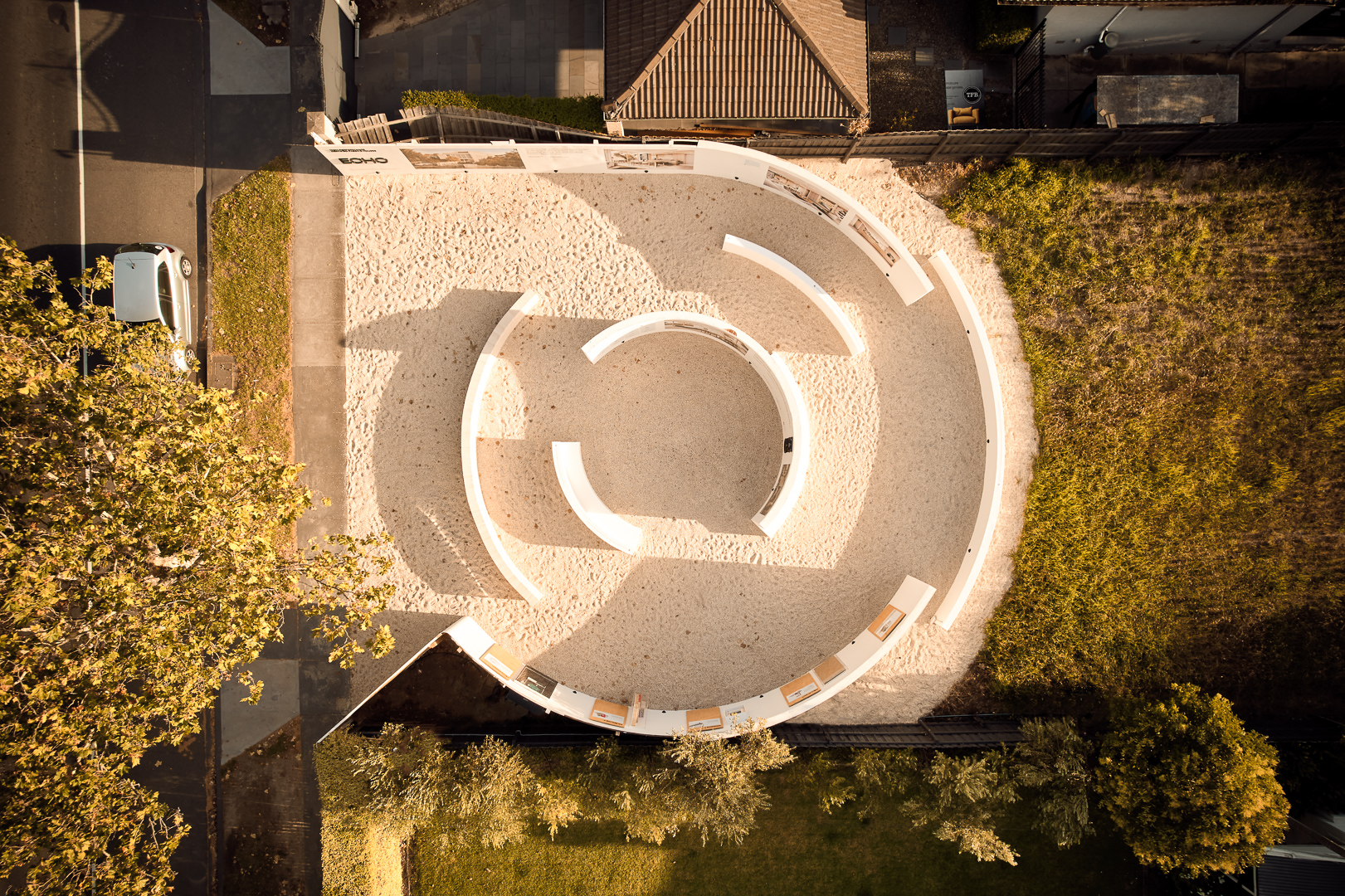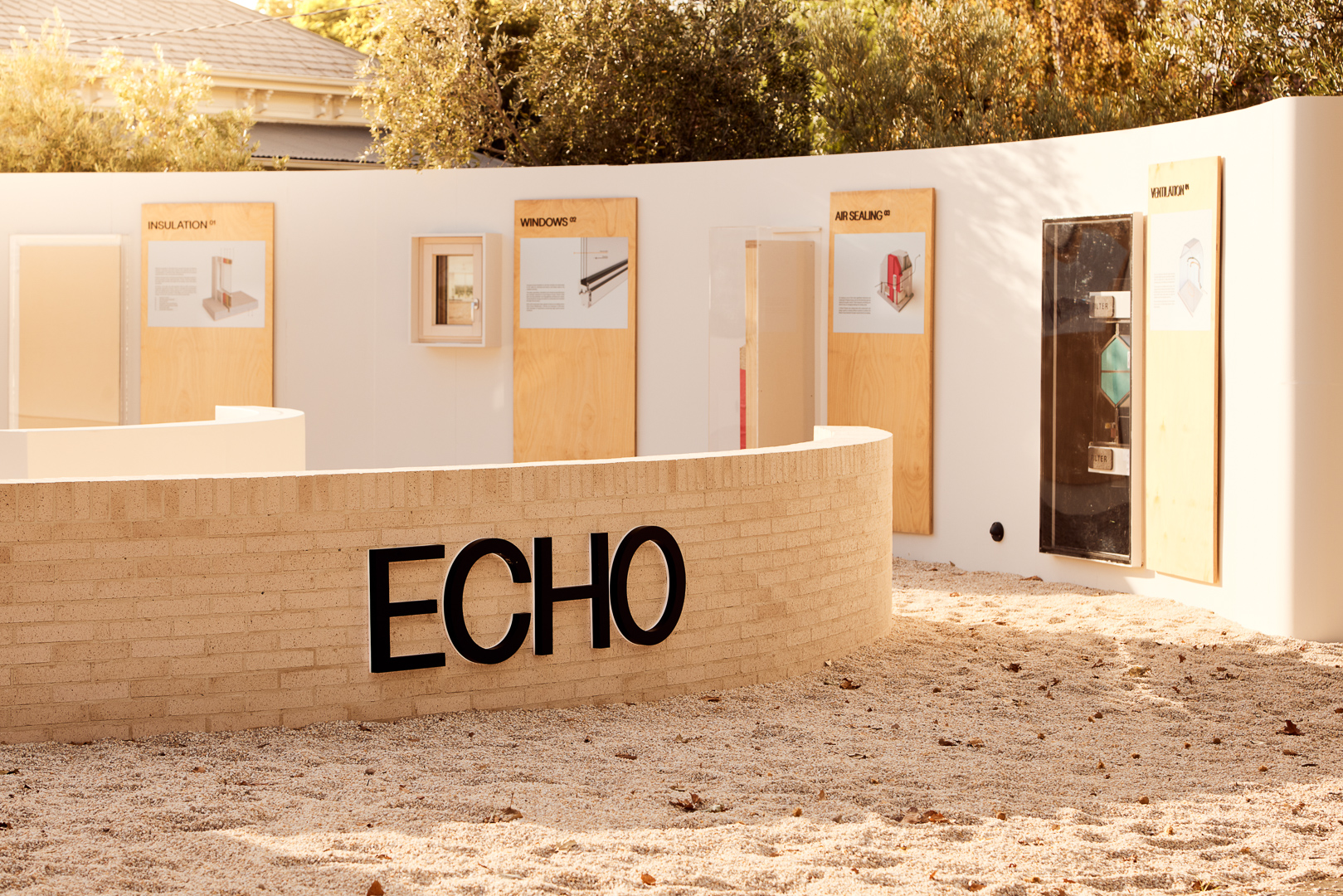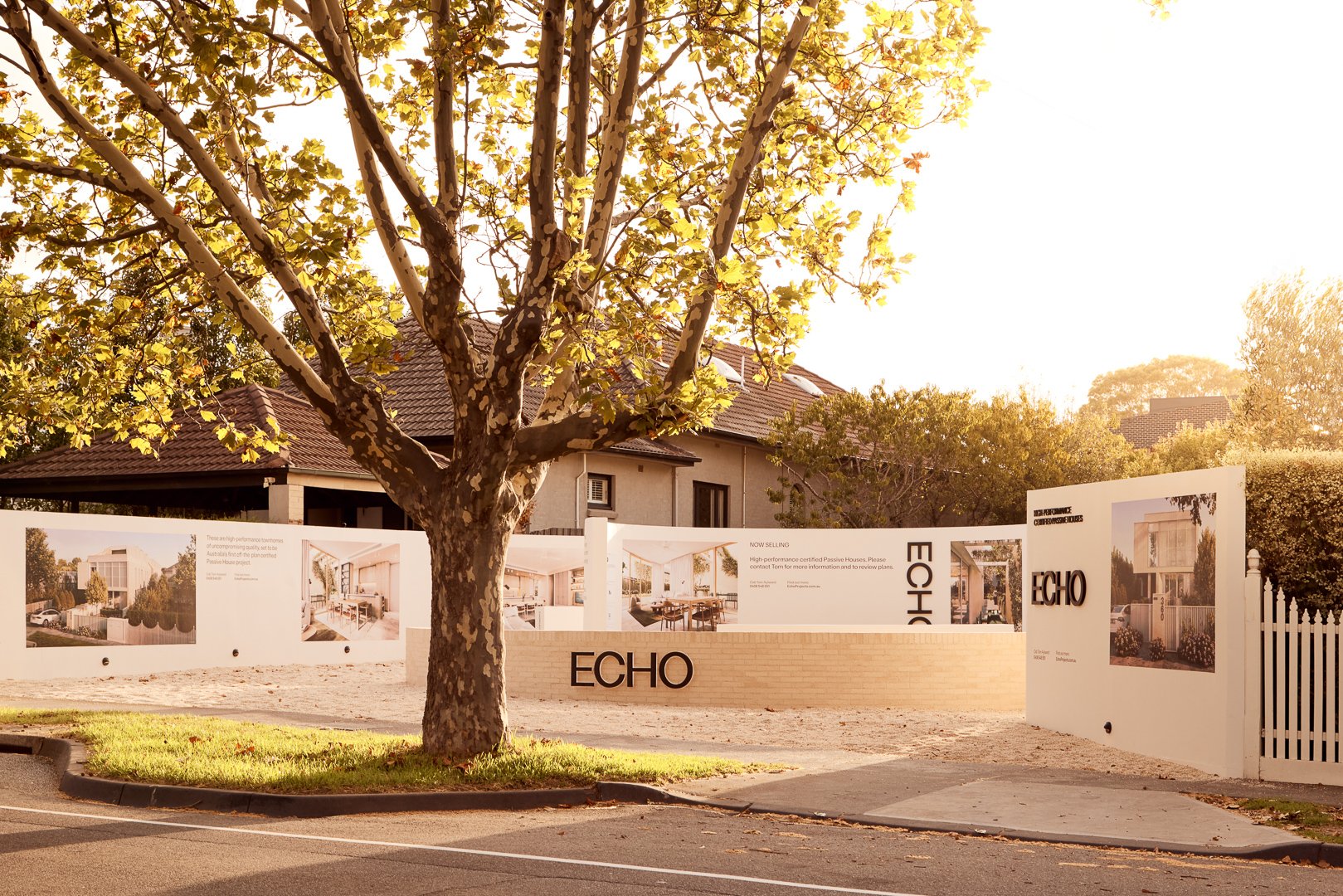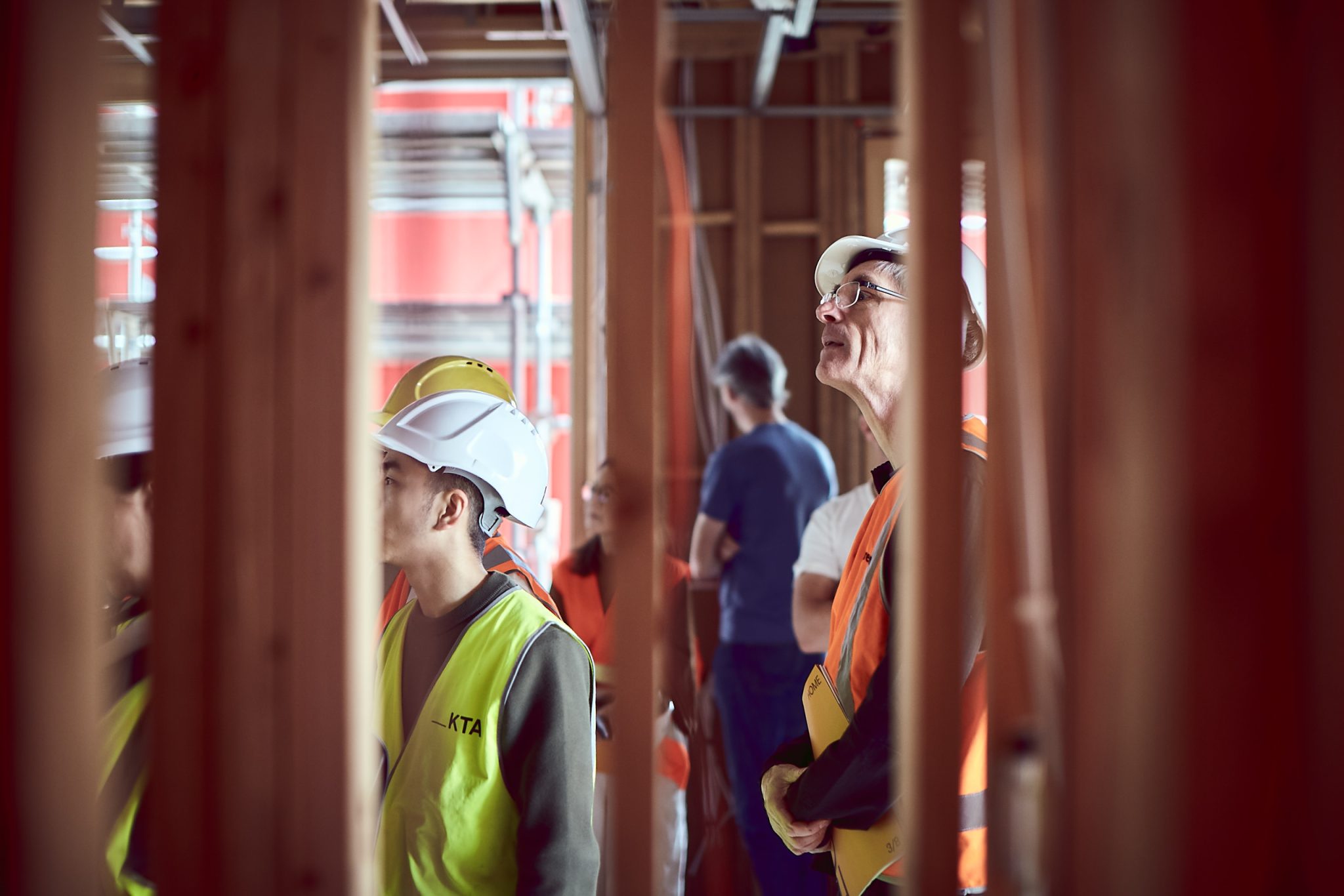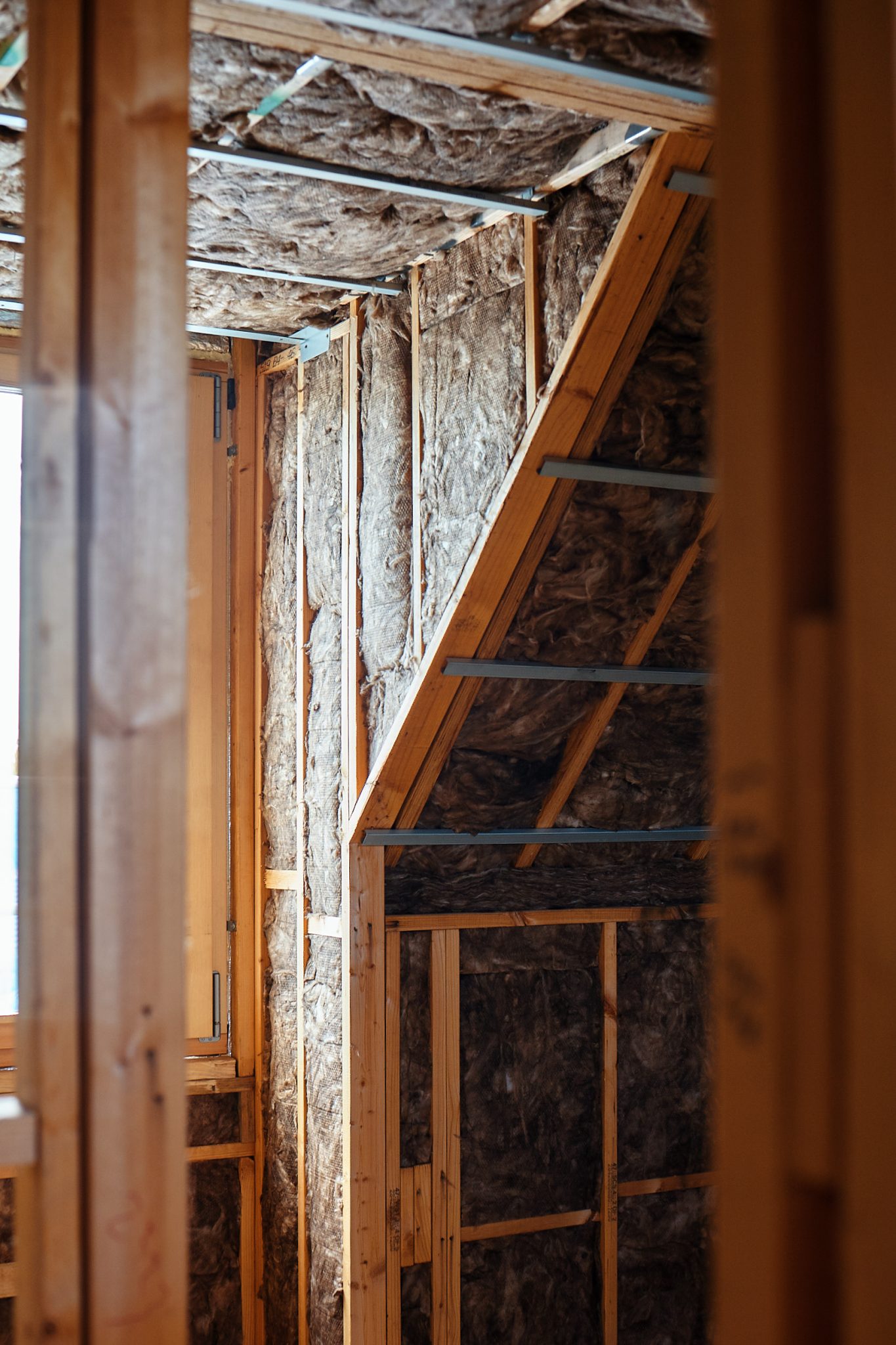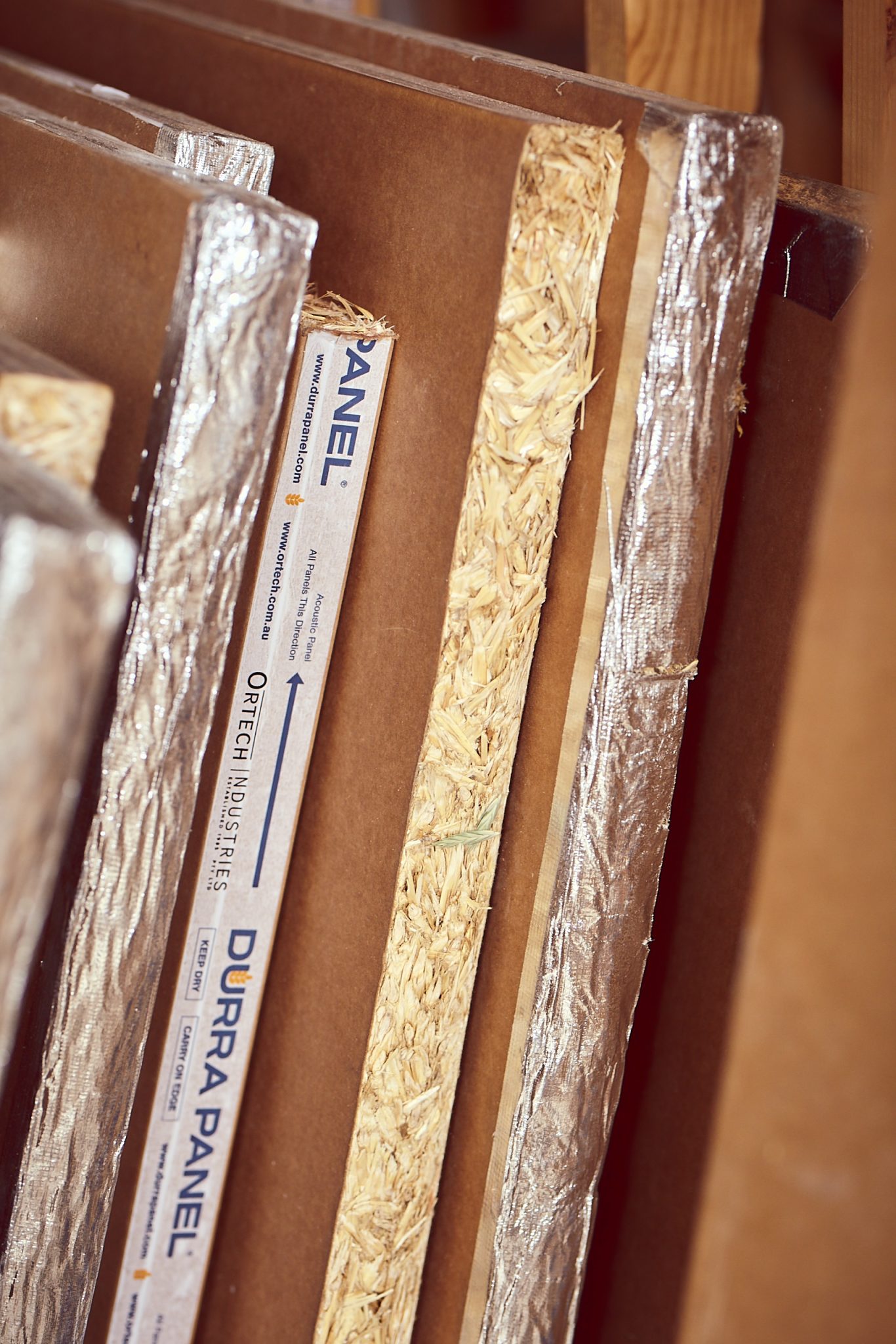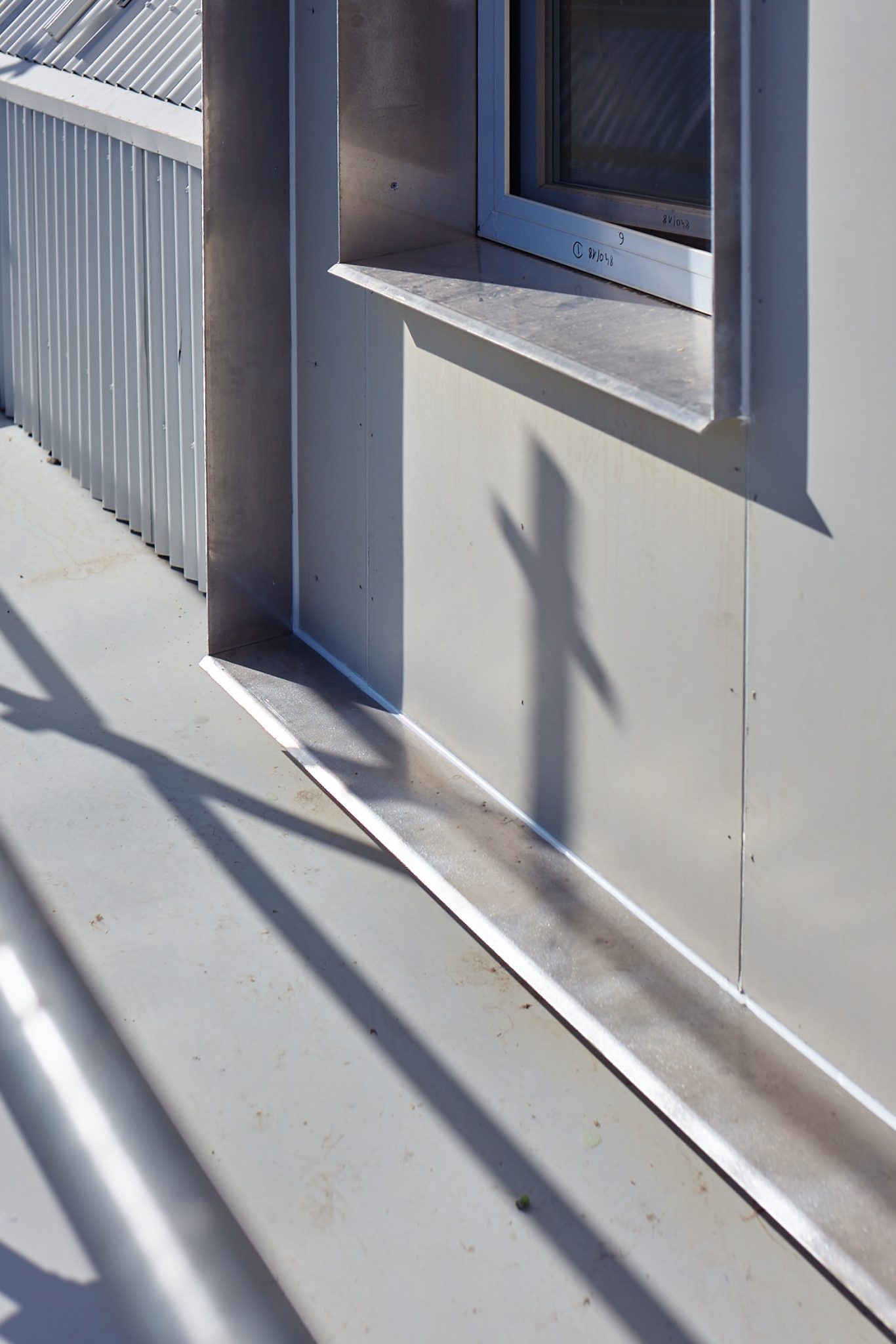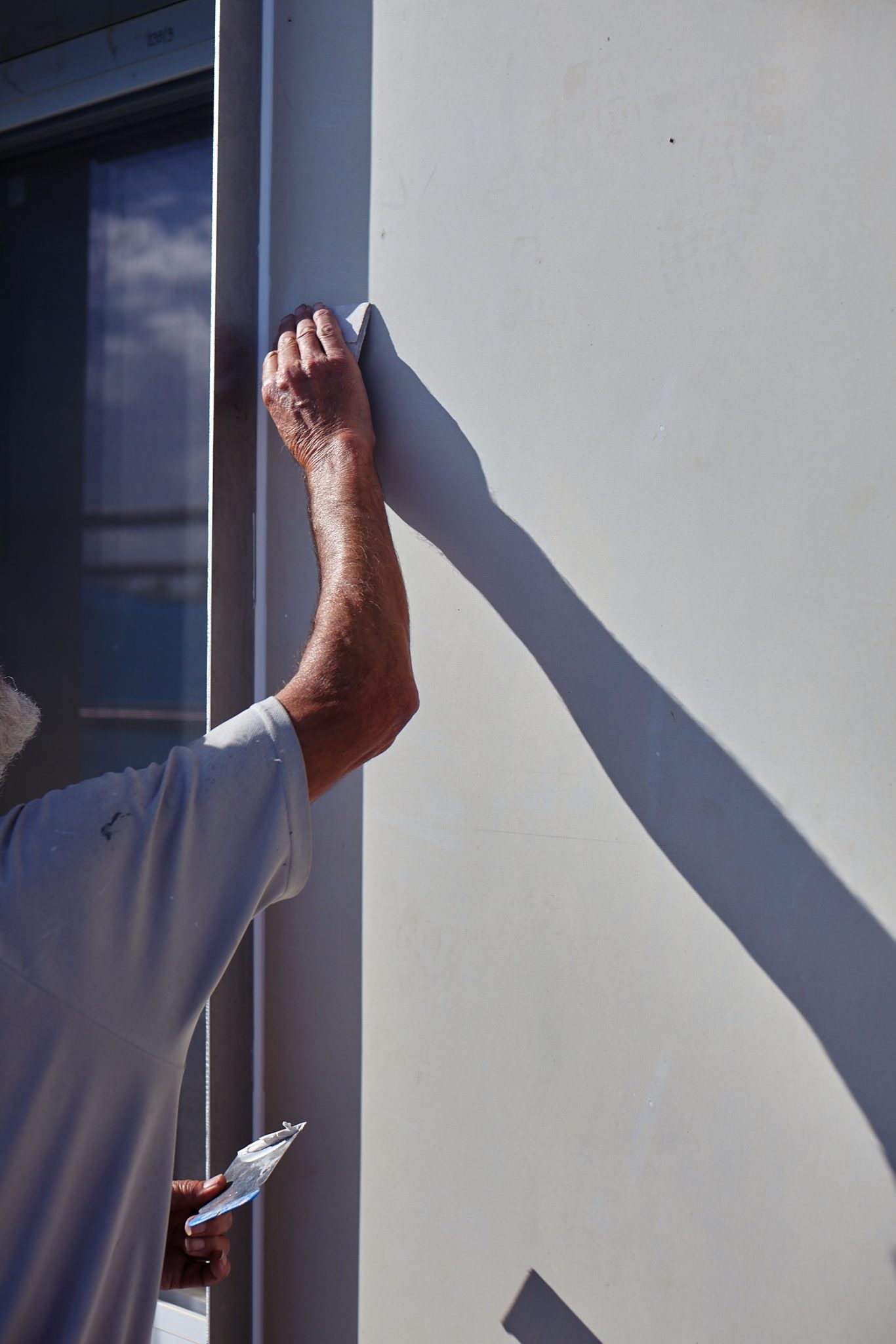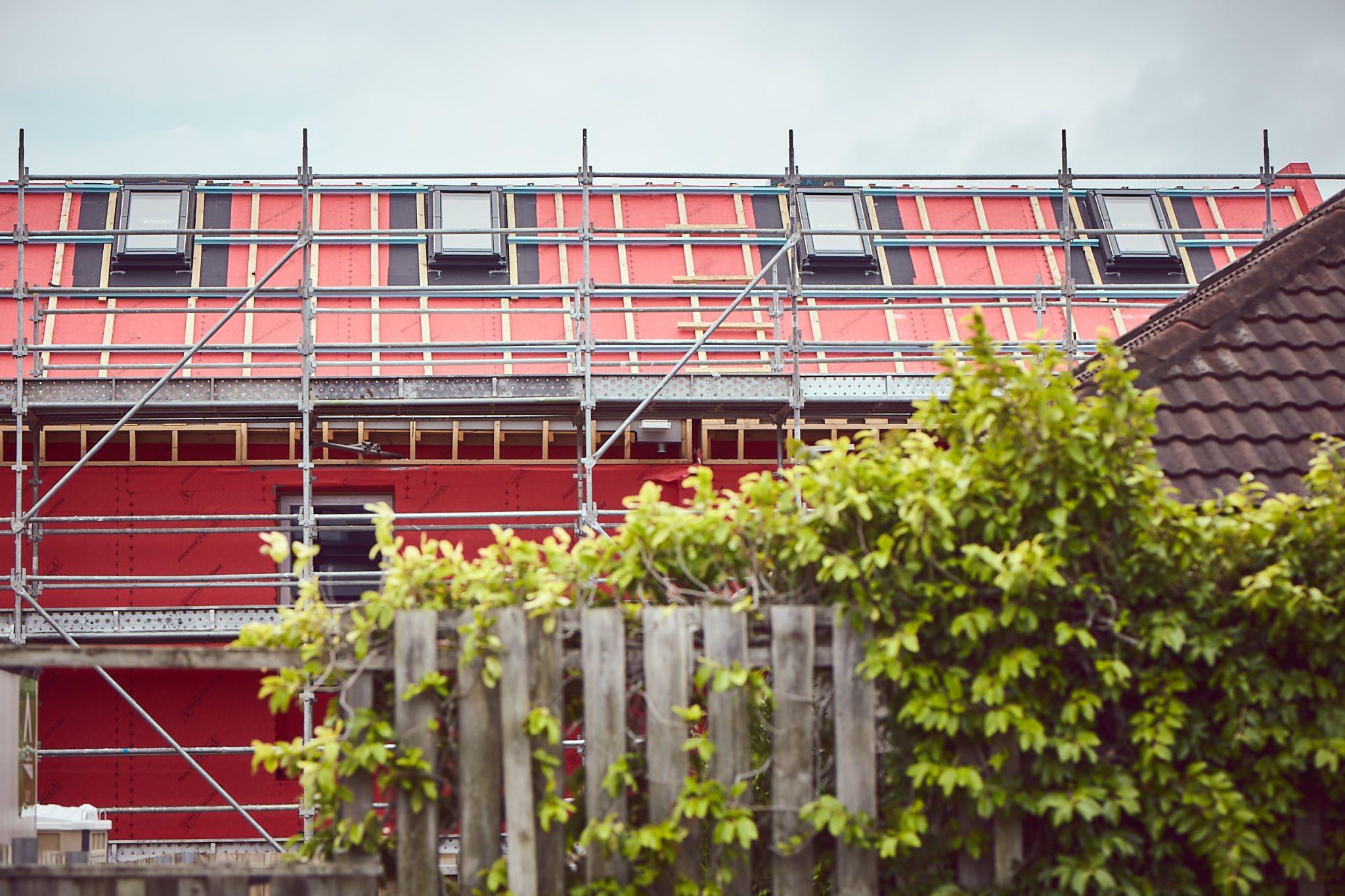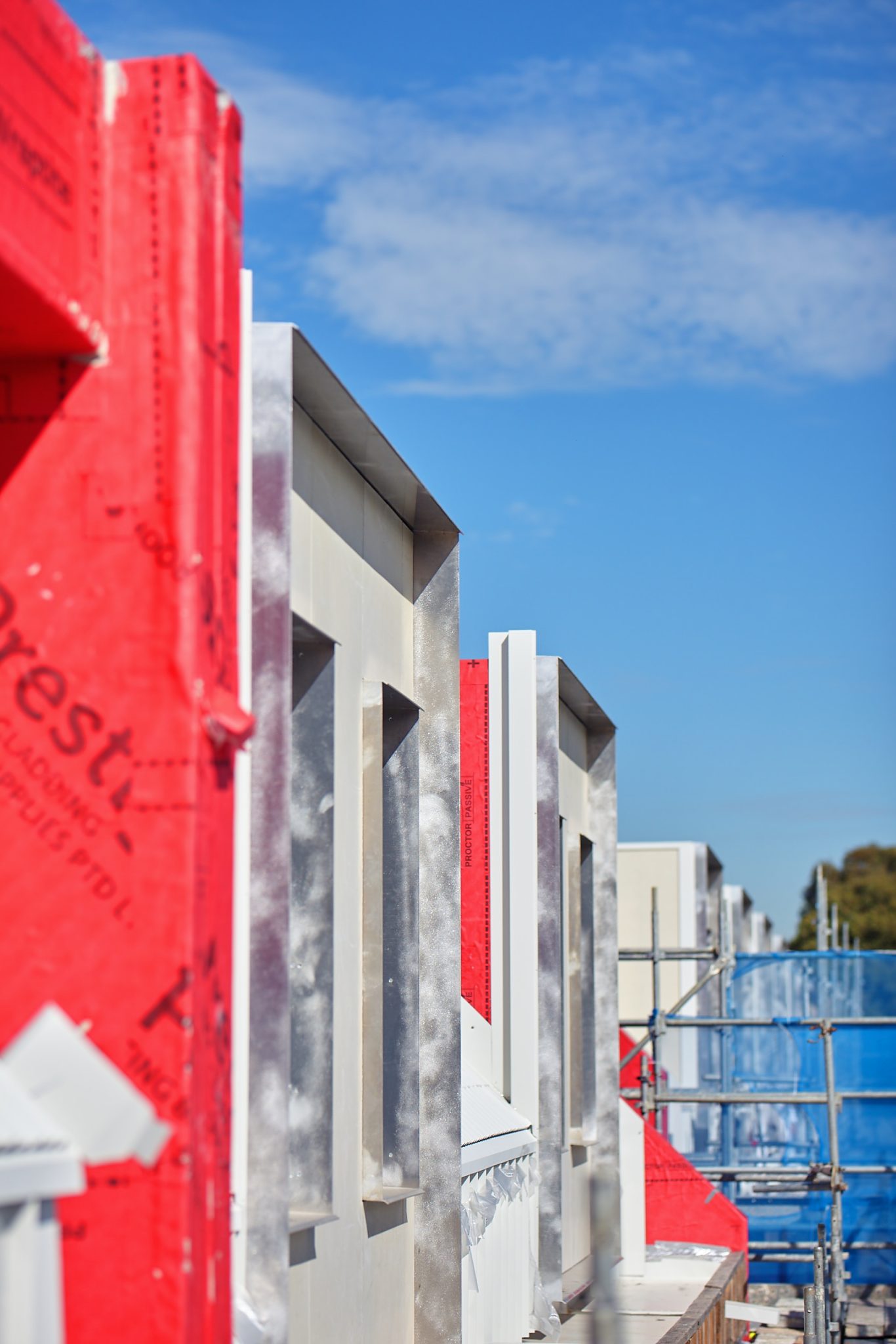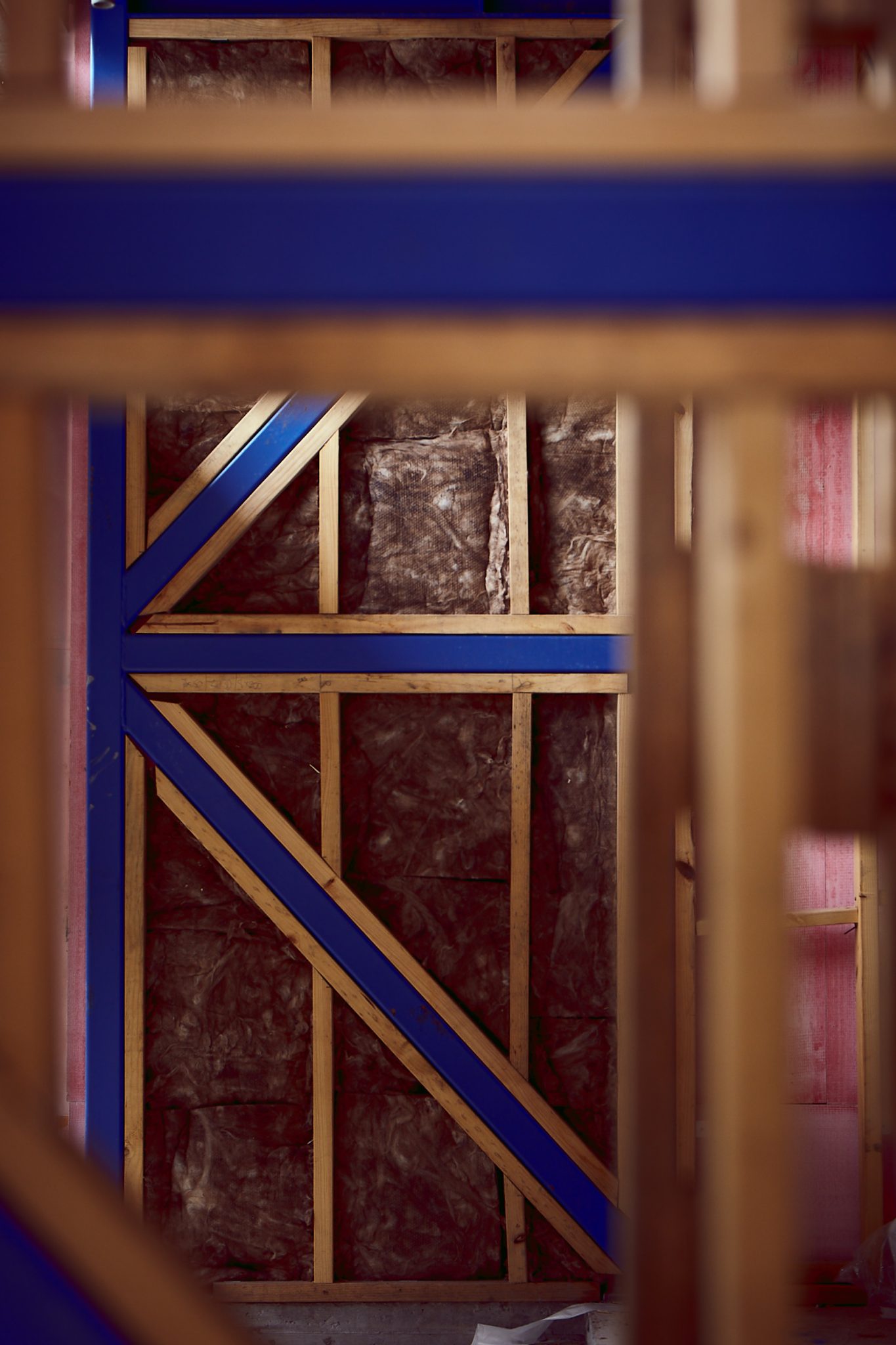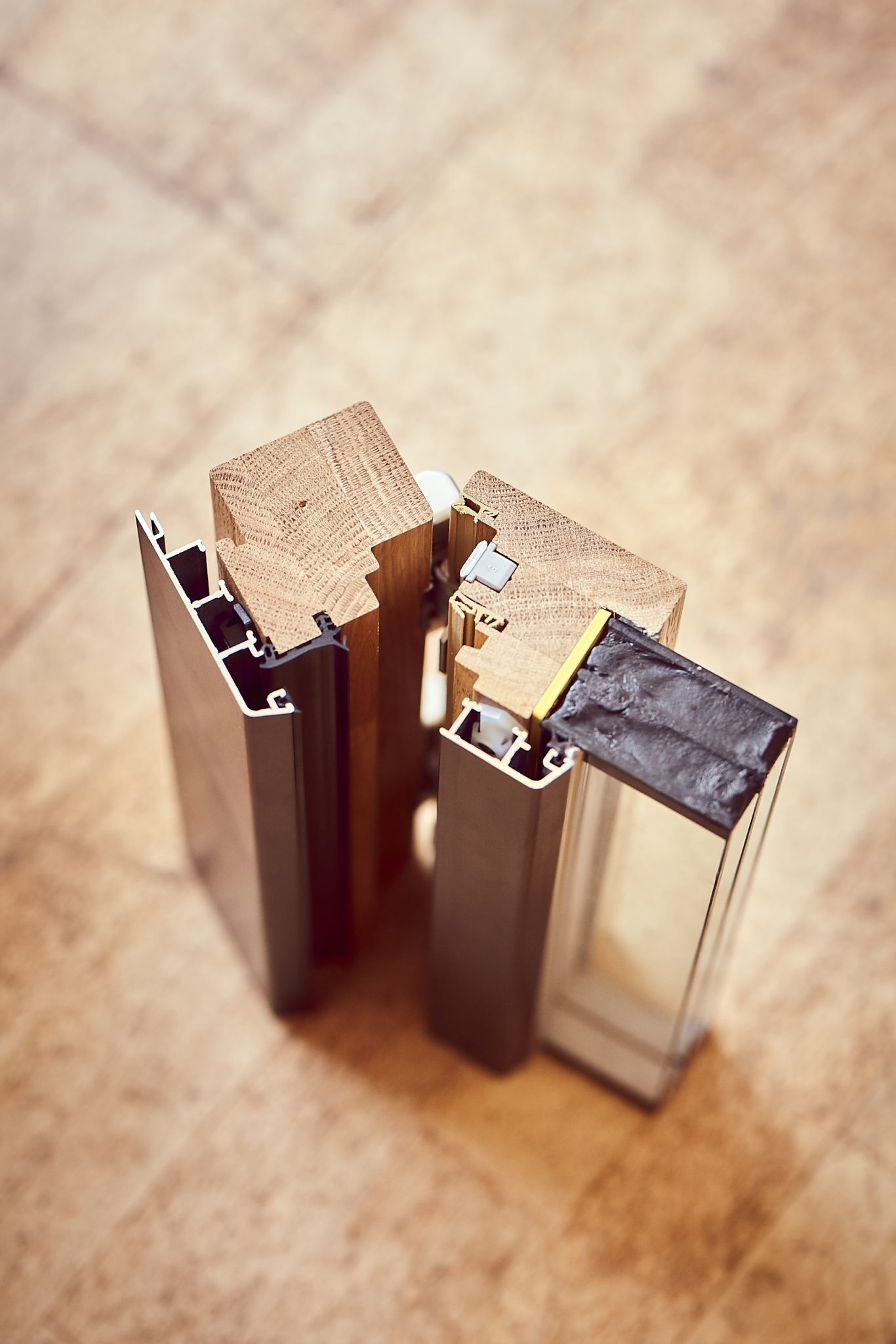
Passivhaus is the world’s leading standard for energy-efficient buildings.
About
It measures building performance through rigorous initial simulations using local climate data, followed by detailed progress documentation and final airtightness testing on completion. Passivhaus buildings have been monitored and shown to perform closely with predicted results over a long period of time through peer-reviewed studies.
C.Street delivered the first Passivhaus multi-residential project in Victoria and continues to provide turnkey Passivhaus homes for purchase. Our team is formally trained and experienced with the successful delivery of this complex but rewarding method.
Passivhaus
00 Overview
Passivhaus was developed by European scientists in the early 1990s and today is the standard recognised by the Intergovernmental Panel on Climate Change as the most stringent for high-performance buildings.
Passivhaus uses a rigorous approach to design, construct and test a building within an applied building science framework. The benefits include superior thermal and acoustic comfort, excellent indoor air quality and significantly reduced energy consumption. In short, a well-built house.

01 Insulation & Thermal Bridging
Effective insulation minimises heat transfer through a building’s exterior, improves thermal comfort and reduces the risk of condensation.
Passivhaus buildings also minimise penetrations through insulation, such as studs or steel reinforcement. These “thermal bridges” increase heat transfer through the envelope, even with good insulation.
On ECHO, we achieve this using continuous external insulation, forming an unbroken layer between framing and the outside, so that structural members are thermally protected. We have used natural products, like wood fibre panels and Durra Panel, which is a versatile and sustainable wall and ceiling panel made entirely from compressed straw. Encasing a home in insulation also results in excellent acoustic performance, resulting in a quiet interior space even in the m midst of a busy city streetscape.

02 Windows
As good as any insulation is, the fact remains we need penetrations in our walls for windows and doors, and these need to be treated carefully.
The sizes, quantities, orientation, glass, and frames are carefully selected to meet Passivhaus criteria while also serving aesthetic and daylighting architectural needs. Comprehensive energy simulation is conducted and checked through this process.
ECHO incorporates triple-glazed tilt-turn windows and sliding doors from reputable manufacturers in Europe and locally that meet our stringent specifications.

03 Air Sealing
Air sealing is one of the most significant elements and challenges of Passivhaus, and one that demands rigorous testing and quality control.
That’s because controlling your air flow is key to managing heating and cooling costs. The airtightness of a building is tested multiple times during construction using blower door testing. While typical Australian houses experience 10 air changes per hour (ach), the Passivhaus criteria limits the maximum air change rate to 0.6ach.
C.Street Projects has collaborated with construction and design experts to develop efficient solutions to achieve the Passivhaus standard’s stringent requirements for air sealing.
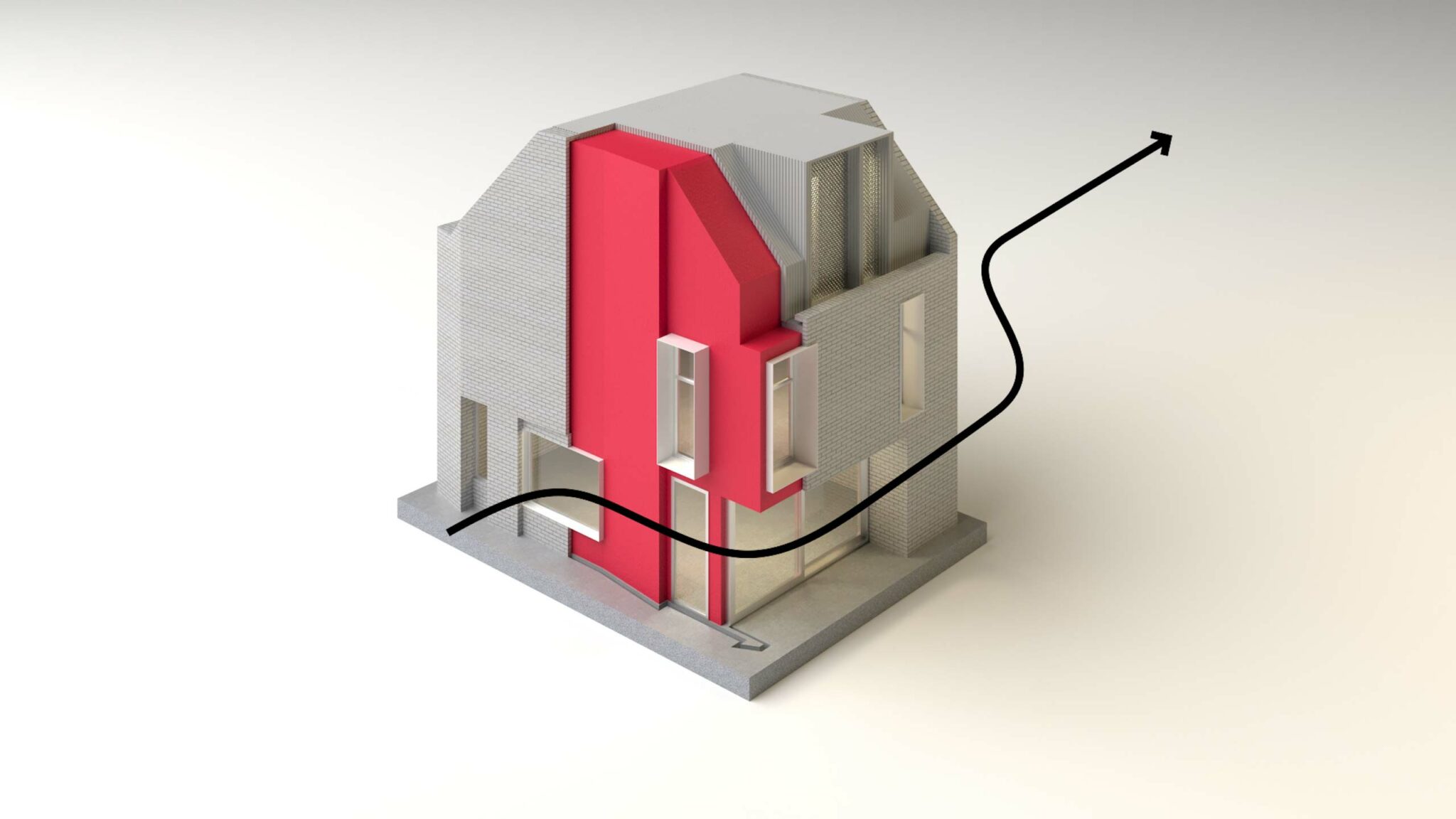
04 Ventilation
How can we make sure a house with a tight air seal stays comfortable?
Passivhaus uses a Heat Recovery Ventilator (HRV). ECHO uses Zehnder HRVs, a Swiss company that manufactures Passivhaus certified units that continuously bring in fresh filtered air and exhaust stale air.
The fresh supply air is conditioned with the energy from the outgoing exhaust and delivered throughout all habitable areas, 24 hours a day. This works equally well in summer and winter. Unlike an open window, the occupant has complete control of the incoming air at all times, without noise or security concerns.
Your home will still have a split system, but it won’t be needed as much to heat or cool indoor spaces because of Passivhaus principles.

